A Guide to Bakeware
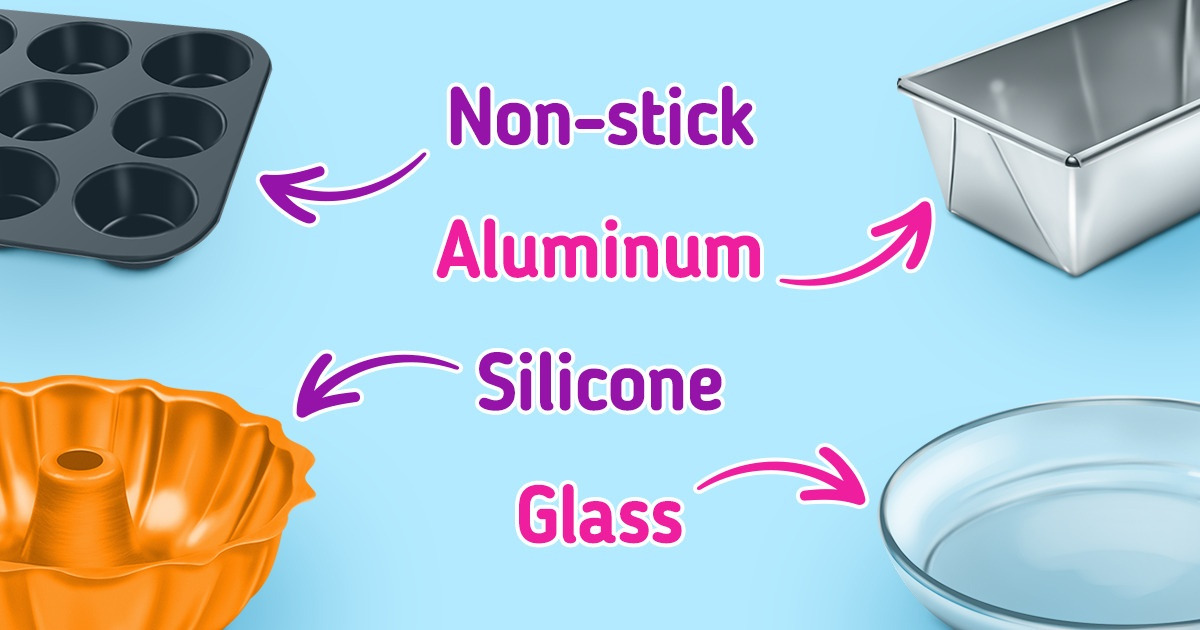
Baking is a form of art, and having the right bakeware is very important. After all, the quality of your baked goods directly depends on it.
5-Minute Crafts would like to tell you about the main types of baking pans and explain how they are different from each other and how to choose the right ones.
Bakeware materials
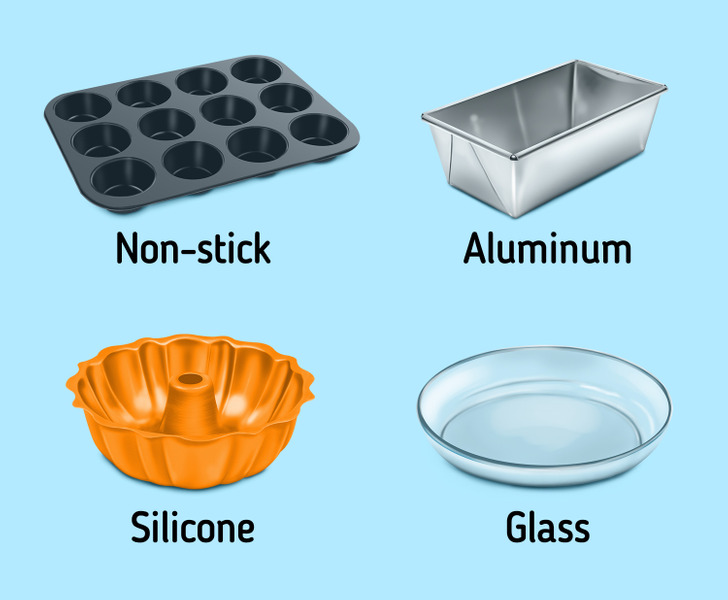
Baking pans can be very different, and they are made from various materials. Let’s see what materials are used in baking pans most often, and what their pros and cons are.
- Aluminum: This is a fairly popular material because it’s lightweight and distributes heat evenly. The disadvantage of these pans is that they are not non-stick, so it’s important to grease them well. It’s also interesting that if you use aluminum bakeware for preparing acidic foods, such as tomatoes, the acid can react with aluminum, making the food taste bad.
- Non-stick: Pans made from this material make the cooking process so much simpler because you can easily remove baked goods from the pan. The downside is that these pans require special care: for example, you can’t use metal appliances because they can scratch the surface. Non-stick bakeware tends to have a darker surface that absorbs heat faster than lighter ones. This can cause baked goods to dry out and become too brown, but you can try to compensate for this by adjusting the temperature and baking time.
- Glass: These pans are easy to wash, and they don’t stain or react to acidic foods. But even though this material is used quite often, it’s not the best in terms of even distribution of heat. In this regard, aluminum and non-stick bakeware wins.
- Silicone: Bakeware made from this material is quite new on the market. Unlike other materials, silicone doesn’t absorb heat, which means that food stops browning when it’s removed from the oven. These pans can be stored folded without getting damaged.
Square and rectangular pans
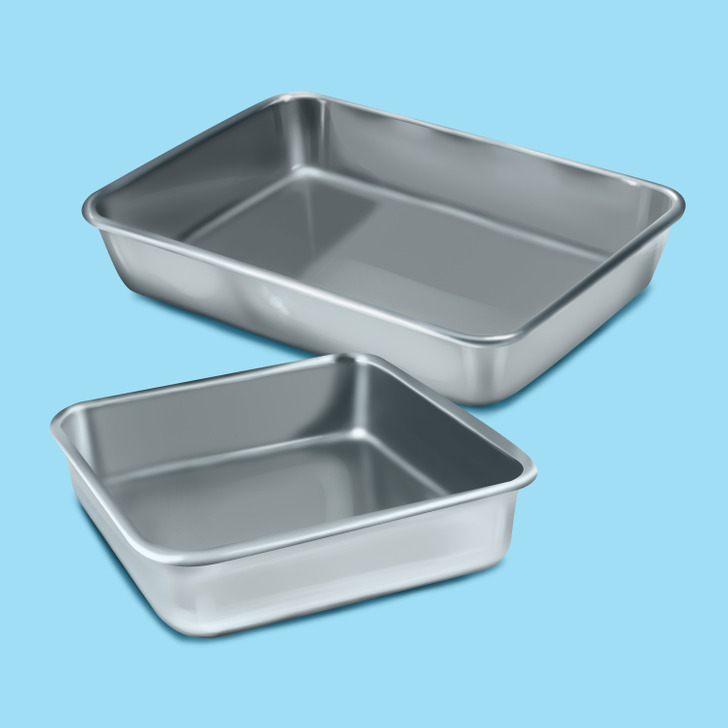
Rectangular and square pans are very similar to each other, so it’s enough to have one of them. These pans have a wide flat bottom and sides with a height of a few inches. They are an excellent choice for making brownies, cookie bars, or fudge, as well as rolls and lasagne. You should be especially careful when removing a cake from this pan because it can easily fall apart due to its large area.
Round pans
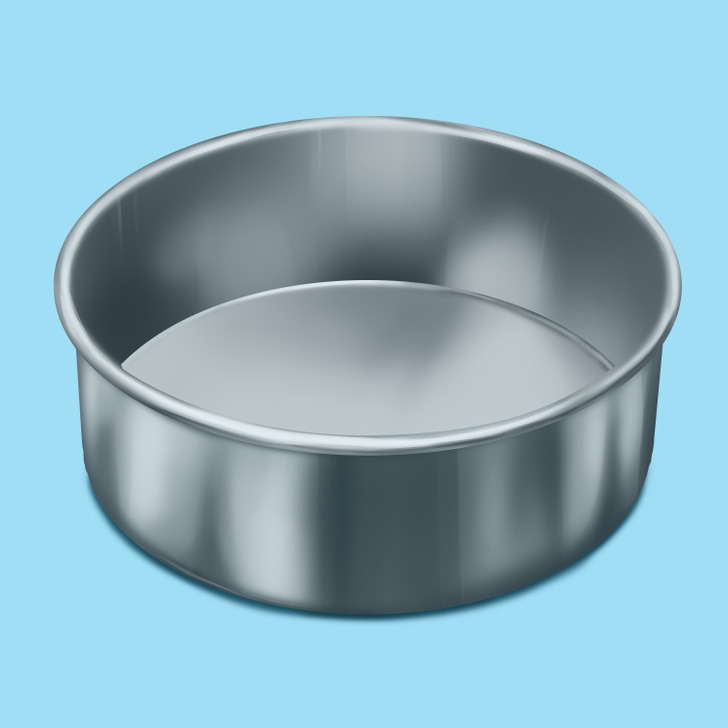
Round pans are one of the most popular shapes. They come in different sizes and are made from a variety of materials, including metal. They are used for making cakes most often. They are also convenient to make brownies and cheesecakes.
Sheet pans
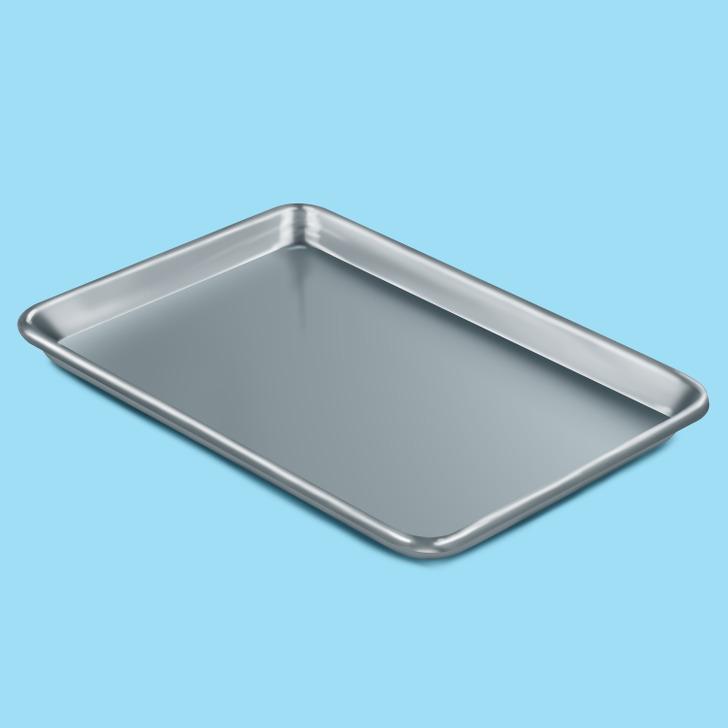
A sheet pan is one of the main types of bakeware. This pan is perfect not only for baking cookies but also for roasting vegetables, cooking meat, and much more. Due to its shape, it’s easy to clean and store.
Loaf pan
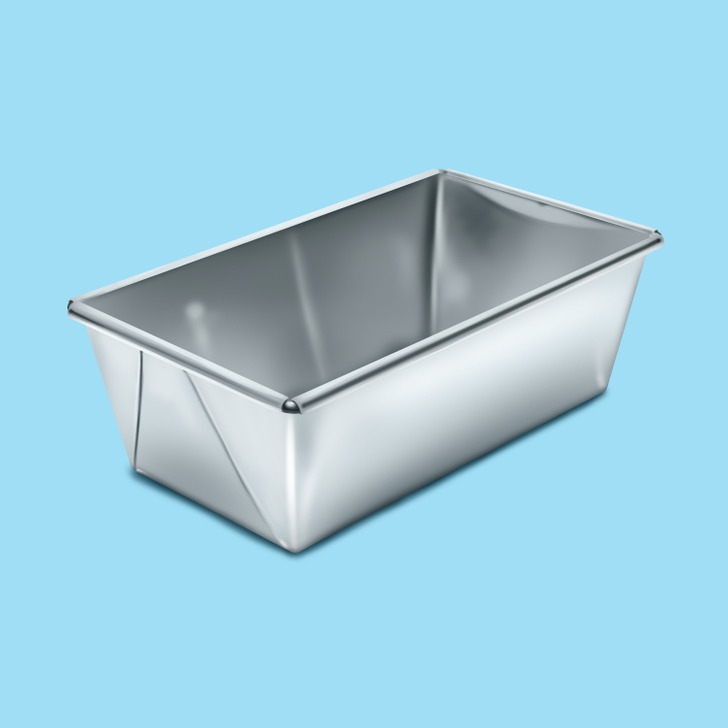
A loaf pan is rectangular and has tall sides. This pan is suitable for baking cakes with a dense consistency, such as a pound cake or fruit pie. Its tall sides make it easy to estimate how much rising space your cake will need.
Muffin pan
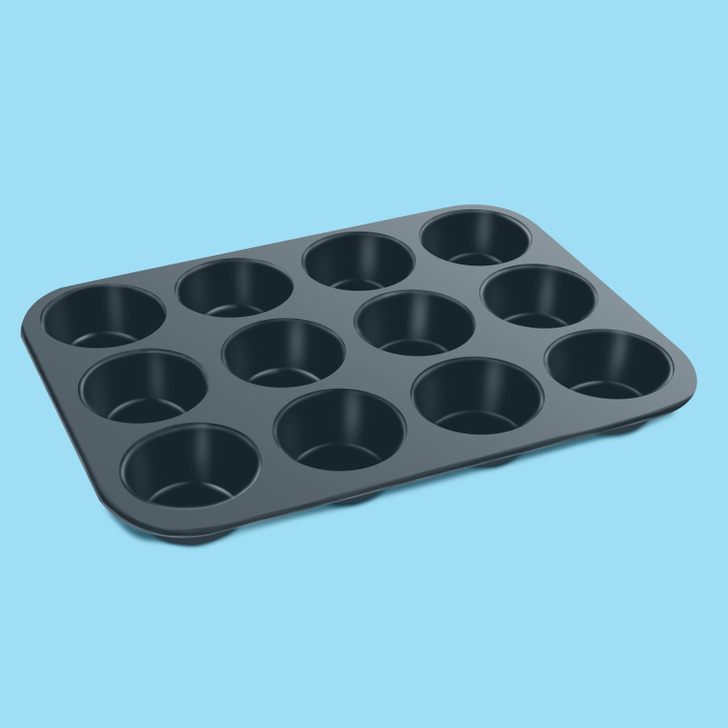
A muffin pan is a pan that has 6 or 12 round pockets that are to be filled with batter. There are also different kinds of molds for muffins you can use, like, silicone, for example.
Bundt pan
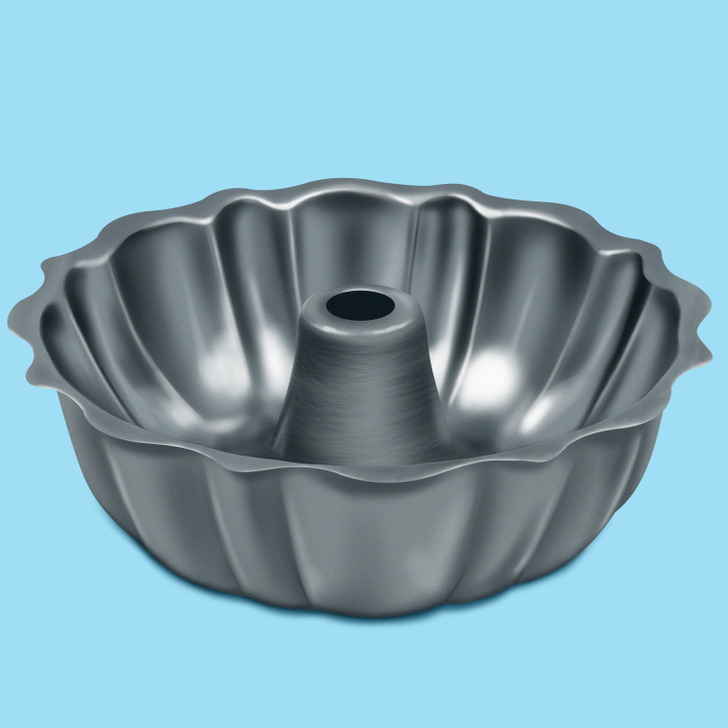
A Bundt pan is a heavy-walled pan with a tube in the center. Thanks to this shape, the dough rises and bakes evenly, and a golden crust forms on the surface of the finished product. After baking, the pan should be turned over so the firm cake falls out onto a plate, producing a decoratively shaped cake.